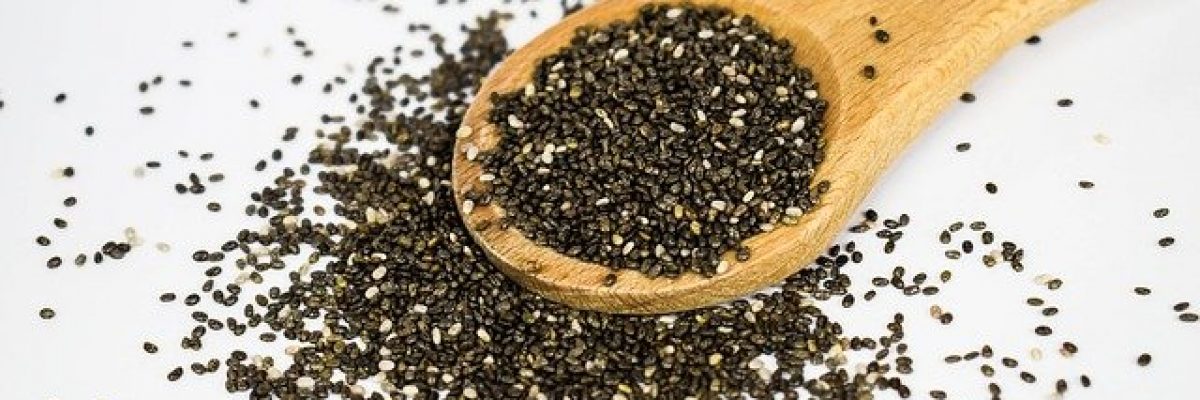The pain relieving expert once again explains how you can massively improve your quality of life with simple tricks. Today’s topic: dietary fibre, because “Higher daily fibre intake = lower risk of disease”.
Doctors usually have a lot to say about how people can avoid catastrophic health events like strokes and heart attacks. And what is said varies and can change. Right? But if you now evaluate thousands of studies (over a period of 40 years) and look at what the nutrient is that has the greatest effect on average – is that a pointer in the right direction or is that already a “slap in the neck” if you then don’t follow that advice?
For whatever reason.
What is the one simple building block?
This is what happened with researchers from the University of Otago (New Zealand).They examined 185 observational studies involving 135 million person-years and 58 clinical trials with 4,635 adult participants.
Results: (published in “The Lancet” in 10/2019). People who eat high amounts of dietary fibre out of habit are 15-30% less likely to die prematurely from any cause. Compared to people who eat the lowest amounts of fibre.
How cool is that?
At the same time, it was also found that eating foods high in fibre directly correlated with a 16-24% lower incidence of stroke, type 2 diabetes, heart disease as well as colon cancer. I can’t stand it. ![]()
And it was also found that increased fibre intake was associated with fewer deaths and heart disease. Including lower body weight and optimised cholesterol levels.
Similar results were found in a 2014 study (published by the American Journal of Epidemiology). For every 10 grams of dietary fibre that subjects added to their overall dietary fibre intake, there was a 10 per cent lower risk of all-cause mortality.
So how much fibre is recommended to optimise health? According to the study, consuming 25 to 29 grams of fibre per day is just enough; the data showed that a higher intake would be more protective and is therefore recommended. Just enough?
What kind of Grade is that in school? Is that a Grade E? How about a Grade B or A? ![]()
Did I mention that diets that emphasise low glycaemic index and low glycaemic load have also been shown to offer limited protection against type 2 diabetes and stroke. Which in turn could argue for a high fibre intake. I hadn’t mentioned that yet, had I? Damn. ![]()
I think you are smart enough to draw your own conclusions.
You don’t need a 45-year-old pain relief specialist from Ireland to explain it to you.
You can figure it out on your own. ![]() I wish you much success on your journey.
I wish you much success on your journey.
Stay strong.
Matti













